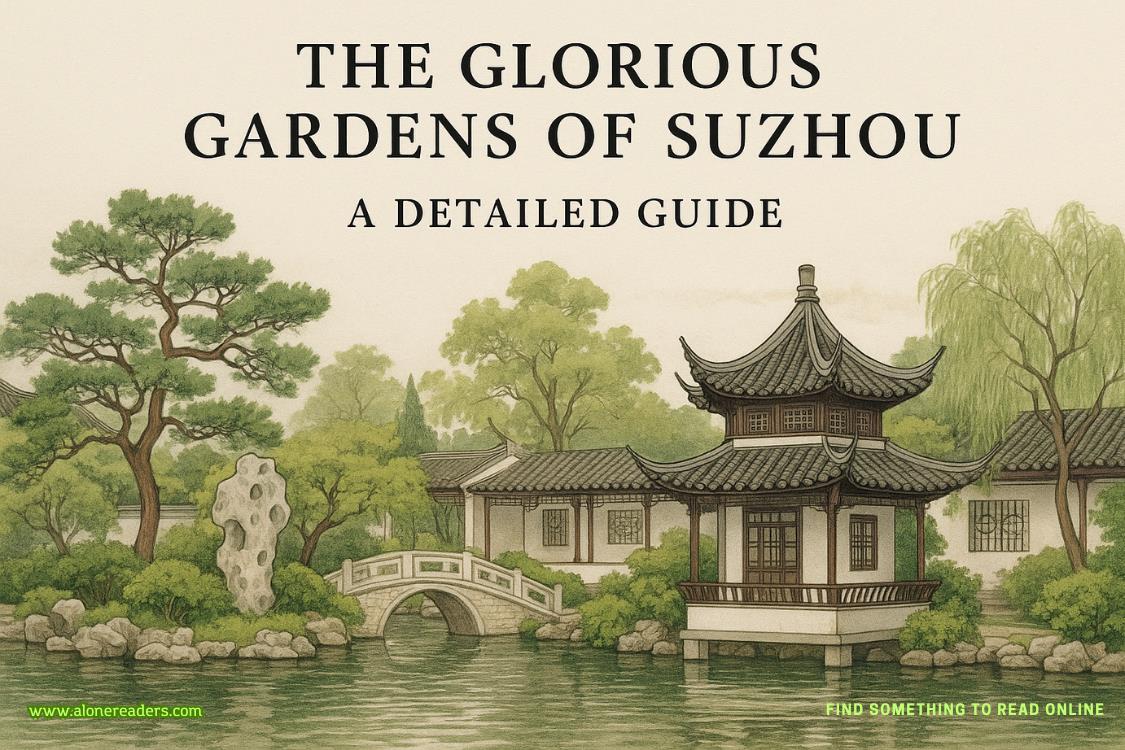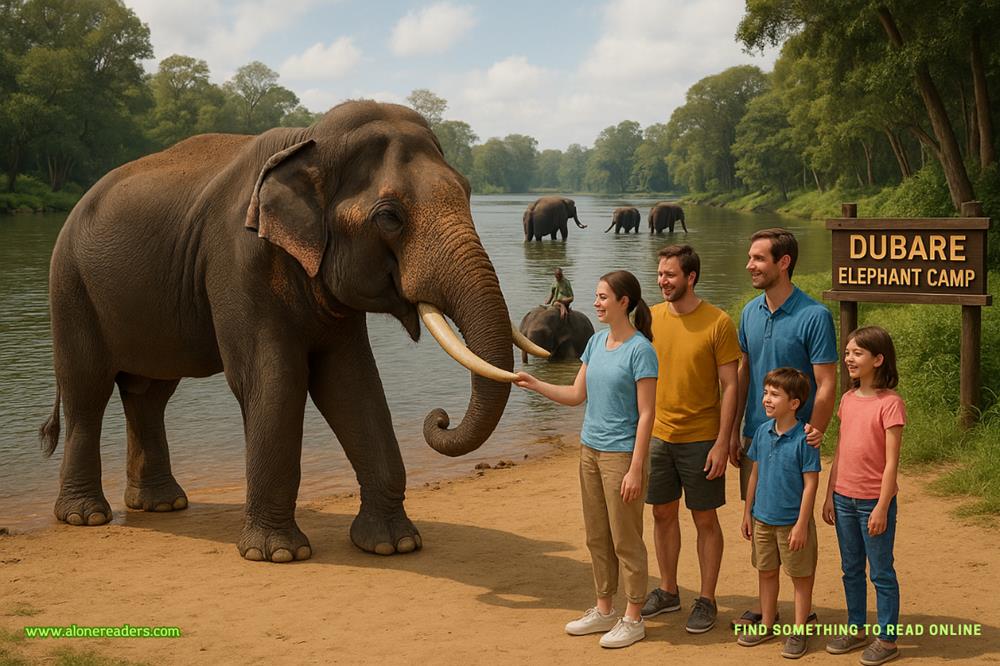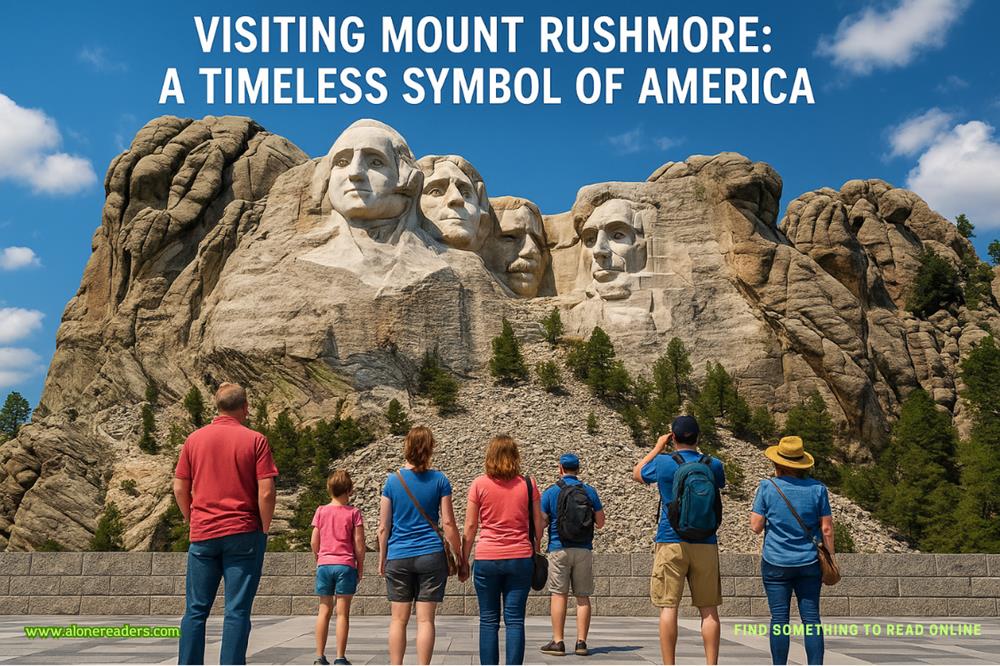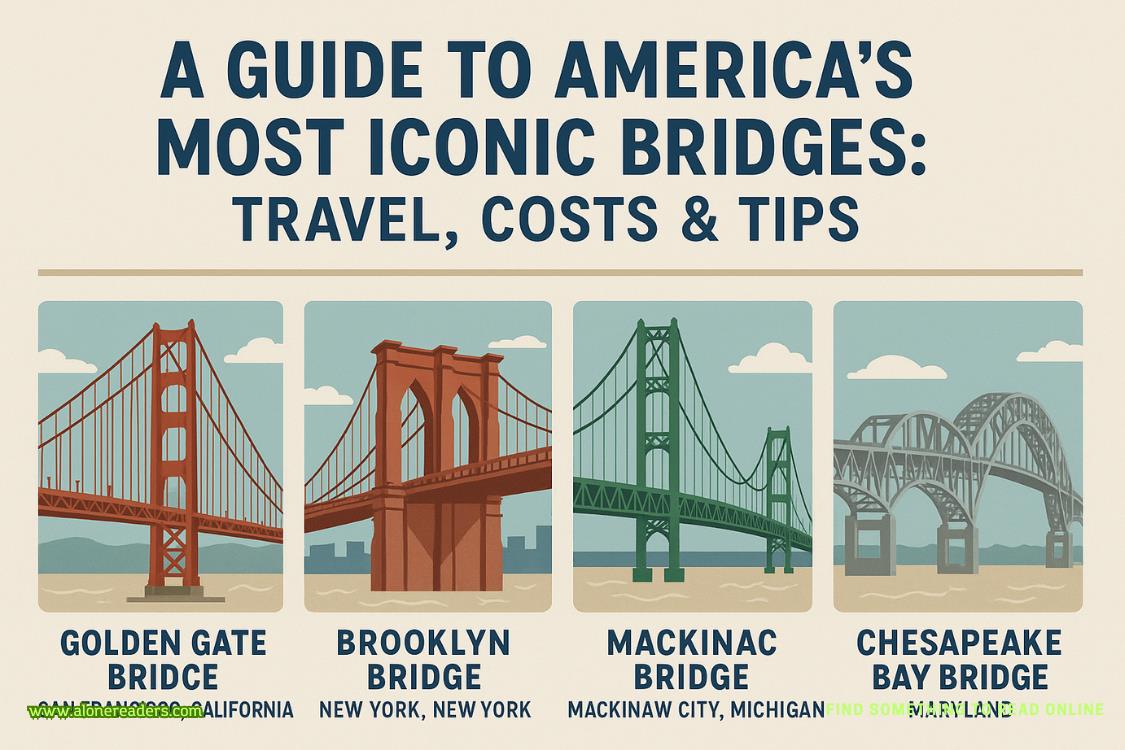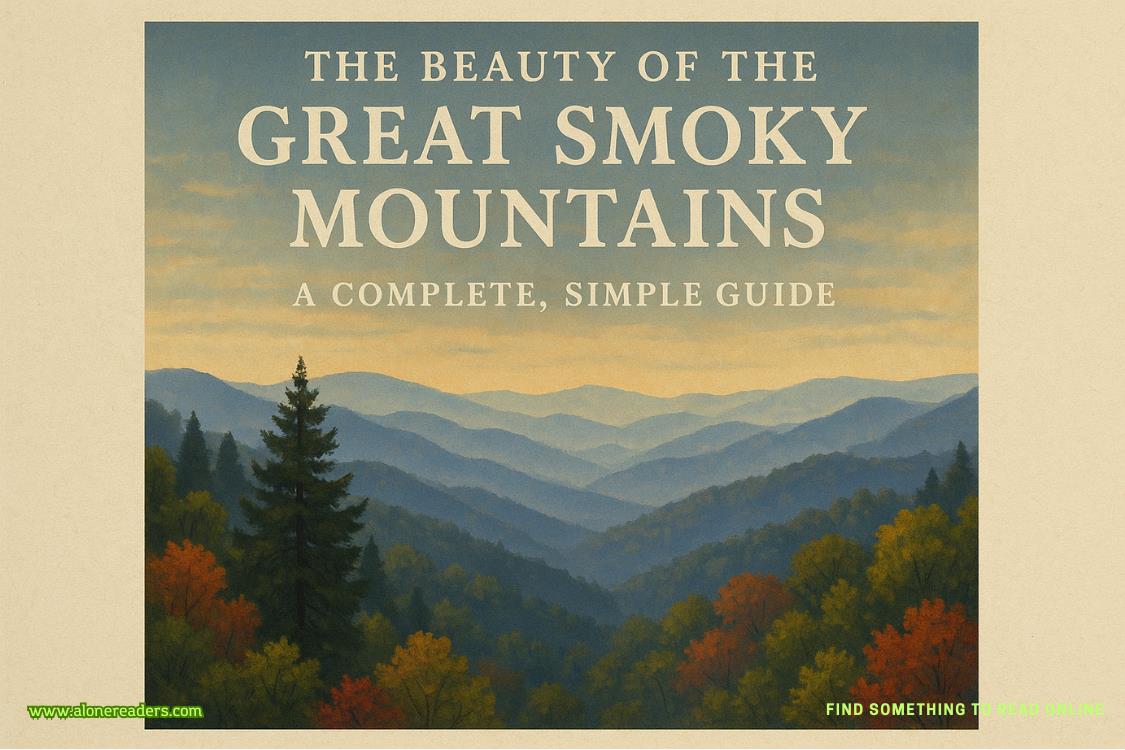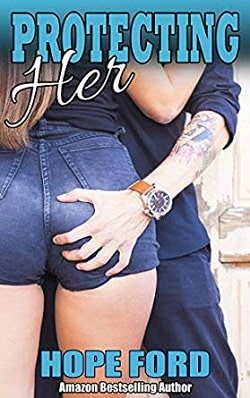Chapter 1
Cotton Dust and Digital Connections
Julia Raven believed in the soul of buildings. In her decade as an architect, she had come to recognize that structures, like people, carried histories in their bones, quiet narratives etched into every beam and brick. Her fingertips traced the cool, weathered surface of the 1851 cotton warehouse she was tasked with transforming, feeling for its secrets. The air in the cavernous space was stale and held a faint memory of cotton dust. Above her, the timber beams of the second floor creaked, a low groaning that was as much a part of its identity as its sturdy brick shell. This building, with its soaring ceilings and the smell of damp earth rising from its foundation, spoke to her.
“You can’t possibly finish the proposal by Thursday,” came Eliza’s voice. “Parker’s being unreasonable, as usual.”
Julia turned to find her colleague and closest friend, Eliza Wheeler, surveying the vast interior from a sturdy beam that spanned the width of the old warehouse. Eliza, with her wild, rebellious curls forever escaping the confines of her professional bun, was an adventuress who’d bungee jump over the weekend, then calmly present a complex structural analysis come Monday.
Eliza had been the first to welcome Julia when she joined Coastal Heritage Architecture three years ago and remained her strongest ally in the predominantly male firm. Julia, in her dark jeans, work boots, and a well-worn field jacket, was the anchor between them.
“It’s a stretch. I agree,” Julia said, snapping another photo that detailed the original crown molding, now layered with decades of dust. “But this building deserves someone who’ll fight for it.”
Eliza rolled her eyes. “So romantic about these old piles of bricks. By the way, are you coming to Theo’s gallery opening tonight? Hisvery singlebrother will be there.”
“Deadline, remember?” Julia tucked a strand of auburn hair behind her ear, relieved to have a legitimate excuse. Eliza’s matchmaking efforts, while well-intentioned, led to awkward evenings with men who looked at her blankly when she talked about sustainable retrofitting or the poetry of negative space.
Back at her apartment—the second floor of a Victorian home in Savannah’s historic district—Julia spotted a small plate as she approached the door. She picked up the note that lay on top: “Thought you might need something sweet, darling. The dentist on the first floor asked about you again.” Julia smiled. The note was from Mrs. Mercer, her neighbor and landlady. A true Southern matriarch, her heart was as warm as the slice of peach cobbler on the plate.
There was no escaping it. Between Mrs. Mercer and Eliza, it seemed everyone was determined to put an end to Julia’s single status, as if being single were something terminal. Julia appreciated their concern, but at thirty-two, she had grown comfortable with her own company, her small circle of friends, and her absorption in her work. Dating had become a distant priority, especially after the spectacular implosion of her engagement two years earlier.
Julia sat on the well-worn couch, kicked off her boots and let out a sigh of relief. She loved thistime of day. As she massaged the soles of her aching feet, the chorus of crickets began to swell outside, a steady, rhythmic chirping that was as much a part of Savannah’s evening soundtrack as the rustle of palmetto fronds. It was a familiar sound, a comforting, omnipresent hum that soothed the day’s strains and settled the scattered thoughts in her mind.
After a while, Julia got up to pour herself a glass of cabernet sauvignon—nothing fancy, just a reliable $18 bottle—and settled at her desk, where architectural drawings and material samples competed for space with her laptop. She opened the Parker proposal file, but found her attention wandering after twenty minutes of budget calculations.
Out of habit, she opened Reddit on her browser. Julia had discovered r/WineEnthusiasts six months ago while researching wine storage options for a client’s renovation. What began as professionalresearch had evolved into something of a nightly ritual. She enjoyed the community’s mix of novices and experts and the way people shared their discoveries. What she liked best was the anonymity of it all.
Tonight, the top post was from someone seeking recommendations for wines to serve at a summer wedding. Julia scrolled past, looking for something more interesting. Three posts down, she found it:
OakBarrelRoller: Just inherited my aunt’s wine collection. About 50 bottles, mostly French reds from the ’90s. Not sure what’s worth keeping vs. drinking soon. Any advice on how to filter through this? Storage has been good—temperature-controlled basement in New Hampshire.
She paused, remembering the small collection her grandmother had left her. Julia had faced a similar dilemma, ultimately keeping three bottles and sharing the rest with family. She began typing:
HaintBlueJulia: I was in a similar situation with my grandmother’s collection. First, document everything (take photos of labels, note fill levels and cork condition). Check online auction sites for similar vintages to determine value. Most importantly, decide what matters more to you—monetary value or the experience of tasting a piece of your aunt’s life. I kept a few special bottles and opened the rest with people who knew my grandmother. Each bottle turned into a night of stories about her. No regrets.
She hit “post” and returned to her proposal work. An hour later, she checked for responses and found several people had upvoted her comment. One reply caught her eye:
CabernetCrusader: Great approach to inherited wines. Sharing bottles with people who knew the collector transforms the wine. I helped my uncle catalog his collection.
Julia clicked on the username. CabernetCrusader’s recent posts revealed someone knowledgeable yet without pretense. He responded to beginners’ questions with patience and subtly deflected the occasional wine snob. His comments, she noticed, were as much about the connection—to history, to culture—as they were about the wines.
She tried not to overthink her reply. After her breakup with Aaron, Julia had become an overthinker, analyzing every move, every word. It was paralyzing, sometimes.
She typed a response:
HaintBlueJulia: Any treasures in the collection worth mentioning?
She closed her laptop and returned to her proposal work, not expecting a response right away. When she checked Reddit before bed, there it was:
CabernetCrusader:A 1920 Txakoli tucked away in a dusty cellar. It was practically fossilized, covered in cobwebs – more treasure than juice. Too bad the bottle wasn’t drinkable. Dust is in my line of work, though.
HaintBlueJulia:I know what you mean. I’m an architect. I spend a lot of time sifting through the dust of ages.
CabernetCrusader: Sifting through the dust of ages … in search of?
Julia felt her pulse racing. She responded:
HaintBlueJulia: Whatever I can save. Currently restoring an 1851 cotton warehouse in Savannah. Spent today documenting wear patterns on brick thresholds. You?





